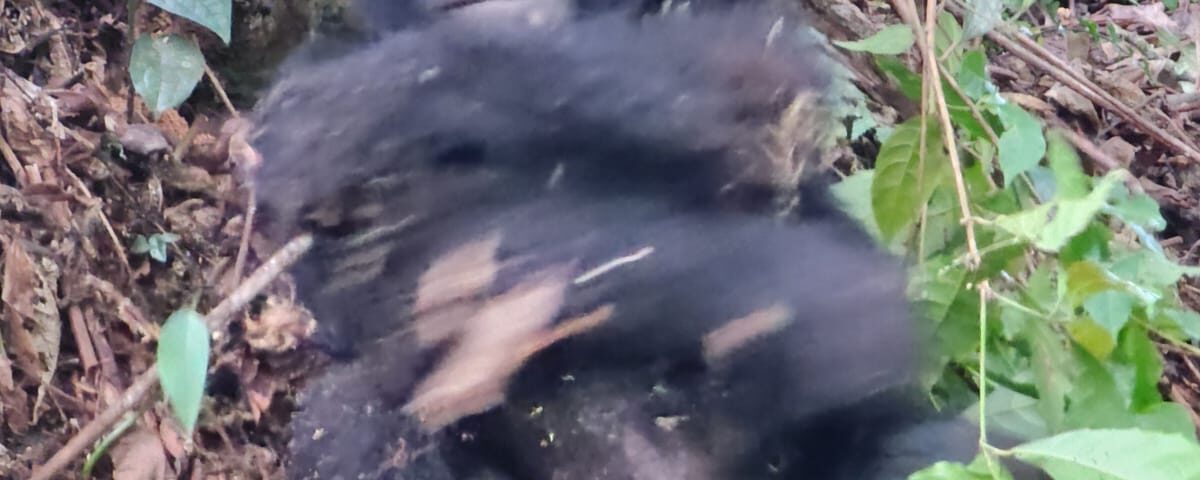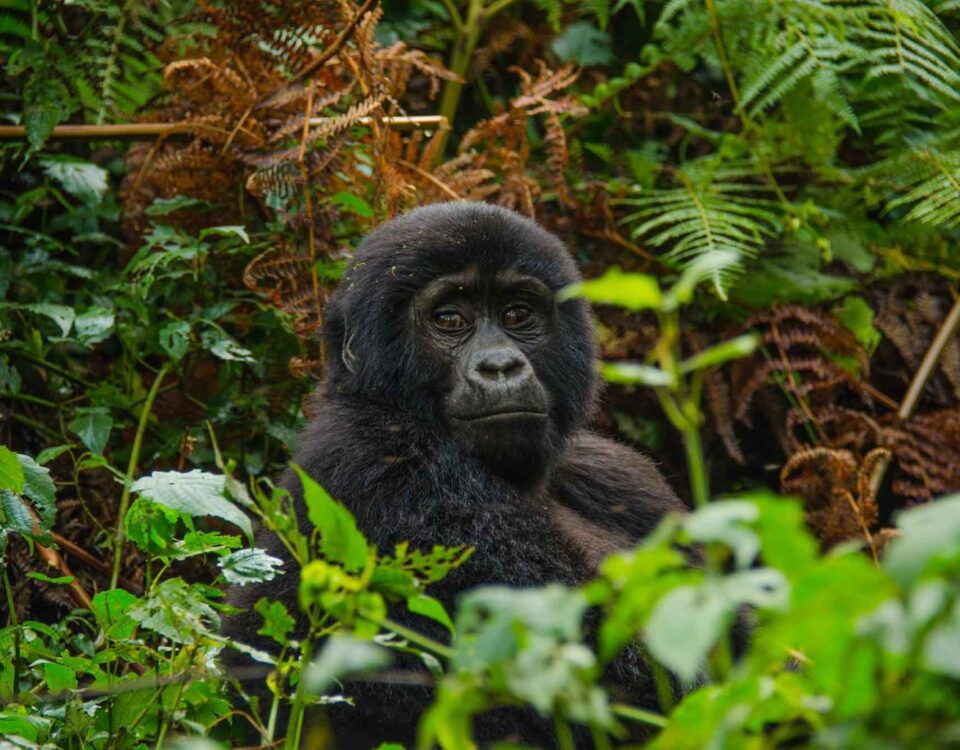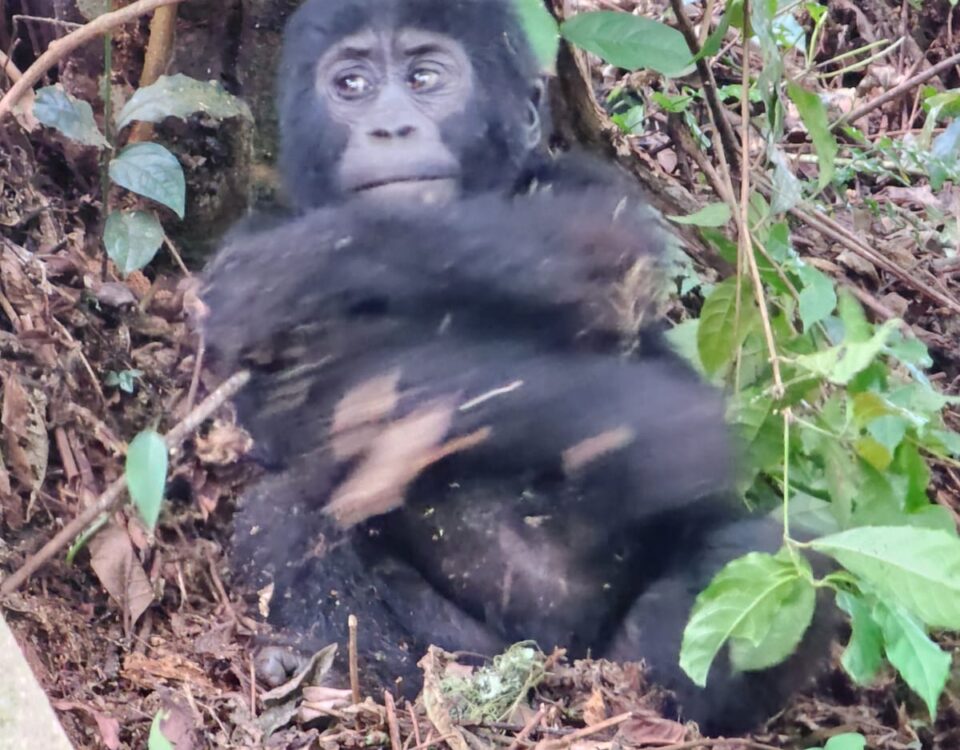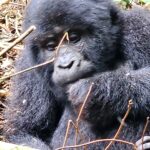
How Long Is the Trek to See Gorillas in Uganda?
March 21, 2025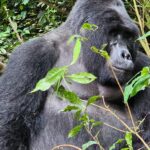
How Hard Is Gorilla Trekking in Uganda?
March 21, 2025Which Month Is Best for Gorilla Trekking in Uganda?
A Comprehensive Guide by Samz Tours Uganda
Gorilla trekking in Uganda is an unforgettable adventure that draws nature enthusiasts from around the globe. Home to more than half of the world’s remaining mountain gorillas, Uganda offers prime trekking opportunities in Bwindi Impenetrable National Park and Mgahinga Gorilla National Park. However, one of the most frequently asked questions from prospective trekkers is, “Which month is best for gorilla trekking in Uganda?”
At Samz Tours Uganda, we are committed to providing expert insights to help you plan the perfect gorilla trekking experience. This comprehensive guide will walk you through the best months to visit, including what to expect in each season and tips to maximize your trekking adventure.
The Best Time for Gorilla Trekking in Uganda
Gorilla trekking in Uganda is available year-round, but the best months are generally during the dry seasons:
- June to September
- December to February
During these periods, the weather is relatively stable with less rainfall, making the trails less slippery and more manageable. The dry seasons are not only favorable for trekking but also for wildlife viewing, as animals are more likely to gather around water sources.
Dry Season Advantages
Opting for the dry season offers numerous advantages:
Easier Trekking Conditions
The absence of heavy rains makes the forest trails less muddy and easier to navigate. This is especially crucial in Bwindi Impenetrable National Park, where dense vegetation can become treacherous when wet.
Better Gorilla Visibility
Gorilla families tend to stay at lower altitudes during the dry months, reducing trekking time and increasing your chances of a successful encounter.
Ideal for Photography
Clear skies and ample natural light make for better photography opportunities, allowing you to capture breathtaking shots of these gentle giants amidst the lush forest backdrop.
Comfortable Weather
Temperatures during the dry season range from 20°C to 27°C (68°F to 81°F), making the weather pleasant and conducive for trekking.
Peak Seasons: June to September and December to February
The dry months of June to September and December to February also coincide with peak tourist seasons. During these months:
- High Demand for Permits: Gorilla permits are in high demand and can sell out months in advance. Early booking is highly recommended.
- Lodging Prices: Accommodation rates are higher, and booking early ensures you secure the best spots.
- Vibrant Wilderness: The forests are lush but not overly wet, providing a perfect blend of greenery and easy access.
Wet Season Considerations
The wet seasons occur from March to May and October to November. While these months are often considered less favorable for gorilla trekking, they do come with some unique advantages:
Lower Permit Costs
During the low seasons, permit prices may be reduced, making it an attractive option for budget-conscious travelers.
Fewer Tourists
The trails are less crowded, providing a more intimate and private trekking experience.
Rich Vegetation and Blooming Flora
The forest becomes even more vibrant with blooming flowers, offering an enchanting ambiance and excellent birdwatching opportunities.
Gorilla Movements
Although the trails may be muddy and challenging, gorillas often stay at lower altitudes, which can sometimes make the trek shorter.
Month-by-Month Breakdown
Here’s a closer look at what each month offers:
January and February
- Weather: Dry and warm
- Advantages: Great trekking conditions and vibrant wildlife sightings
- Disadvantages: High demand for permits and accommodations
March to May
- Weather: Heavy rains and muddy trails
- Advantages: Fewer tourists and lower costs
- Disadvantages: Difficult trekking and reduced visibility
June to August
- Weather: Dry and sunny
- Advantages: Optimal trekking conditions and reliable wildlife sightings
- Disadvantages: Crowded and higher permit prices
September
- Weather: Transitional, with occasional rain
- Advantages: Still relatively dry and good for trekking
- Disadvantages: Slight increase in rainfall towards the end of the month
October and November
- Weather: Heavy rainfall
- Advantages: Lush landscapes and discounted permits
- Disadvantages: Slippery trails and reduced accessibility
December
- Weather: Dry with occasional short rains
- Advantages: Popular holiday season, making it lively and enjoyable
- Disadvantages: High demand for permits and accommodations
Top Tips for Choosing the Best Month
Plan Ahead: Secure your gorilla permit at least 3 to 6 months in advance, especially if traveling during peak months.
Consider Your Budget: Traveling during the low season can help you save on permits and lodging.
Fitness and Preparation: Regardless of the month, ensure you are physically prepared for the trek.
Pack Appropriately: Dry seasons call for lightweight, breathable clothing, while wet seasons demand waterproof gear and extra layers.
Why Choosing the Right Month Matters
Selecting the best month for gorilla trekking significantly enhances your experience. Dry months offer easier trekking and better visibility, while wet months offer tranquility and a more immersive natural experience. The key lies in balancing your preferences, budget, and physical ability.
Book Your Gorilla Trekking Adventure with Samz Tours Uganda
At Samz Tours Uganda, we offer expertly guided gorilla trekking safaris tailored to your preferences. Whether you’re looking to explore during the dry or wet seasons, our team will ensure your experience is unforgettable and seamless.
Contact Us Today to plan your ultimate gorilla trekking adventure! Let us take you closer to nature’s most fascinating primates in the breathtaking rainforests of Uganda.

